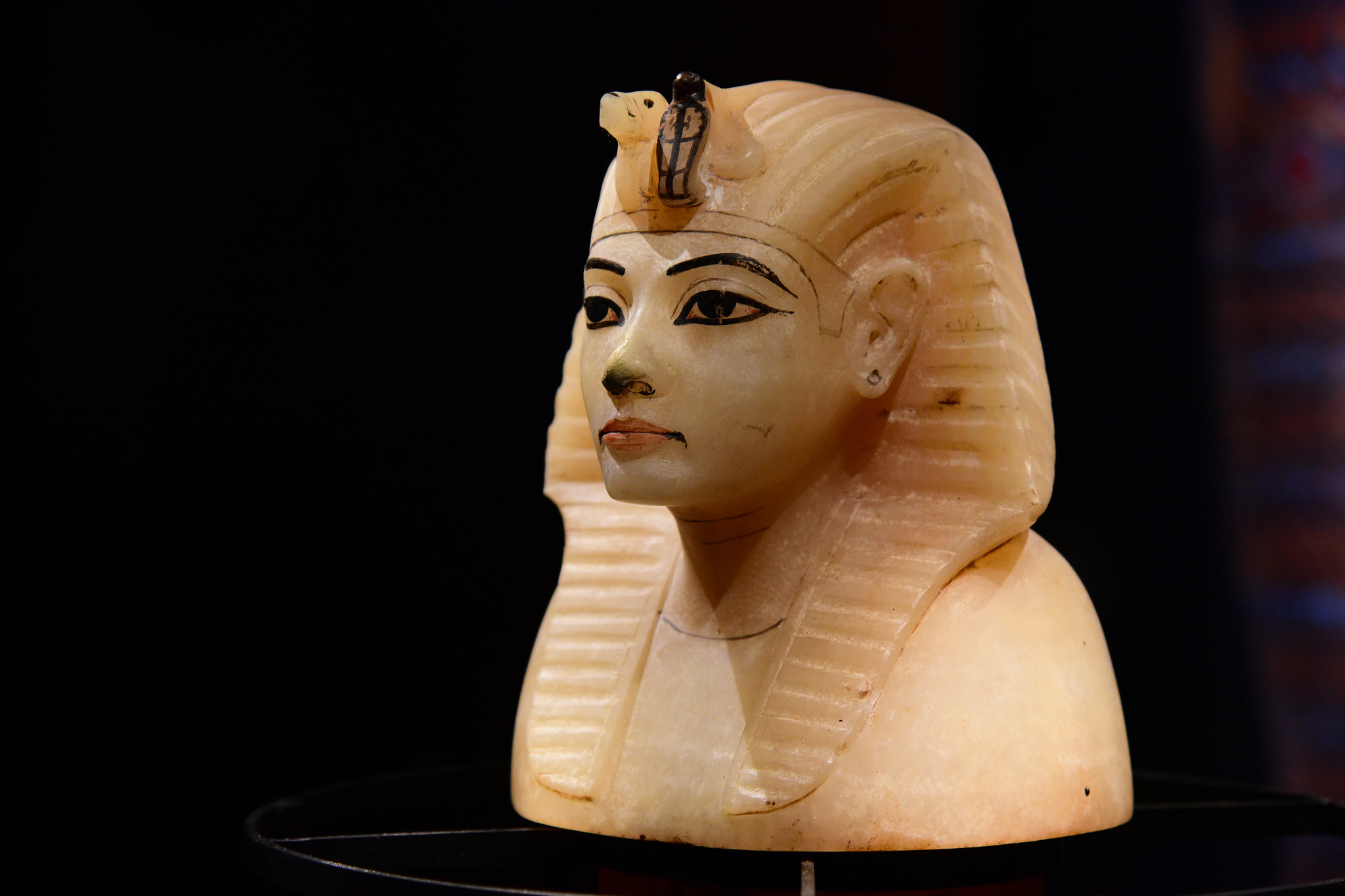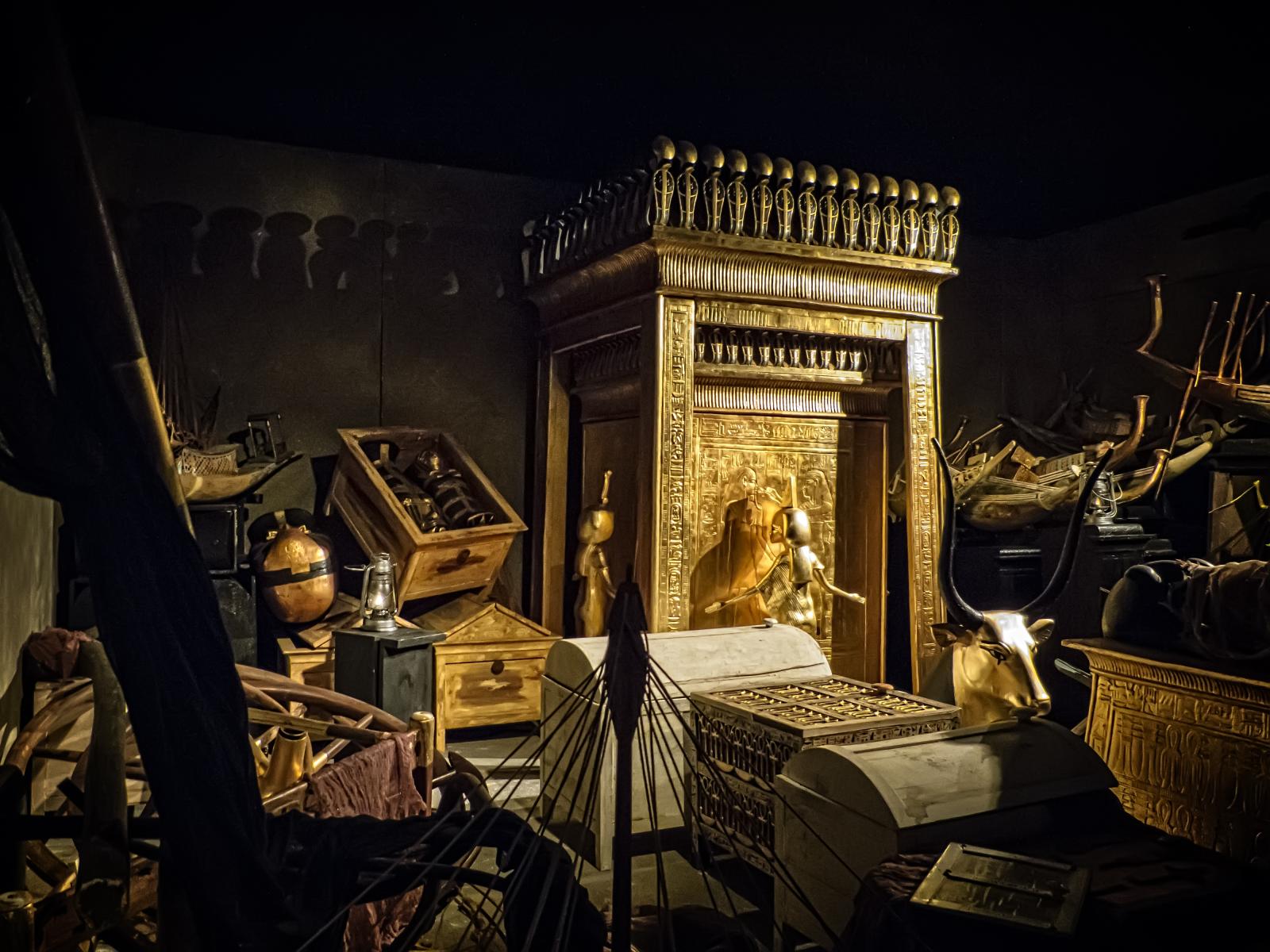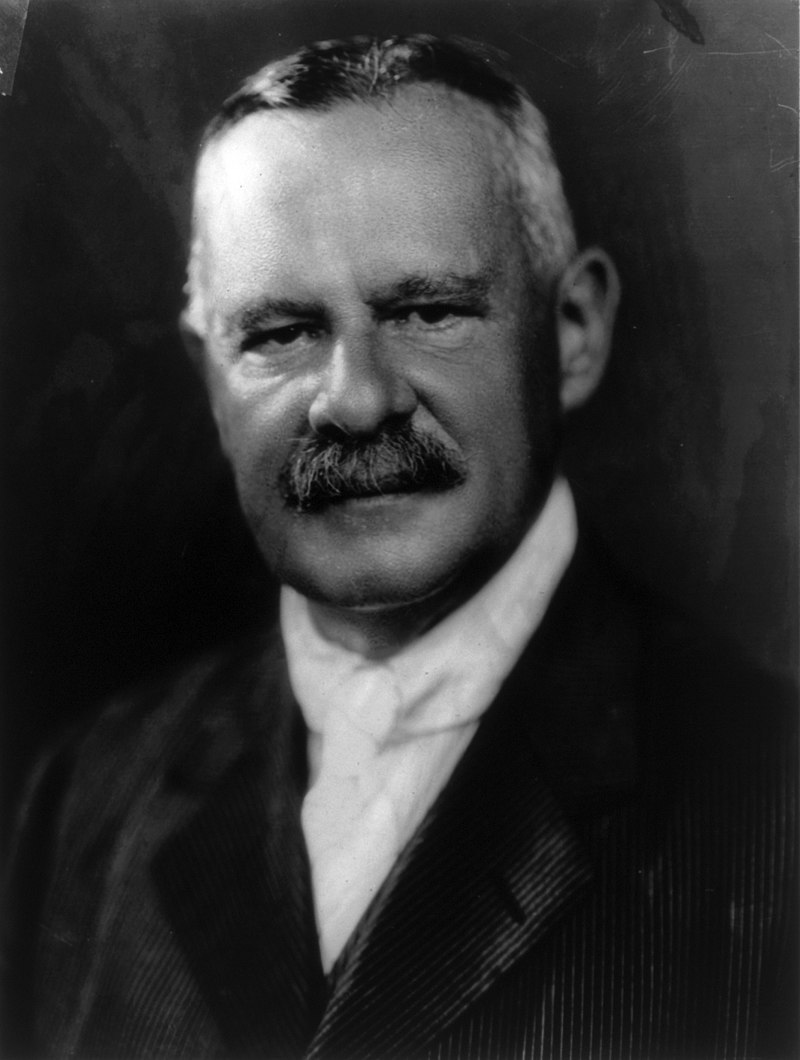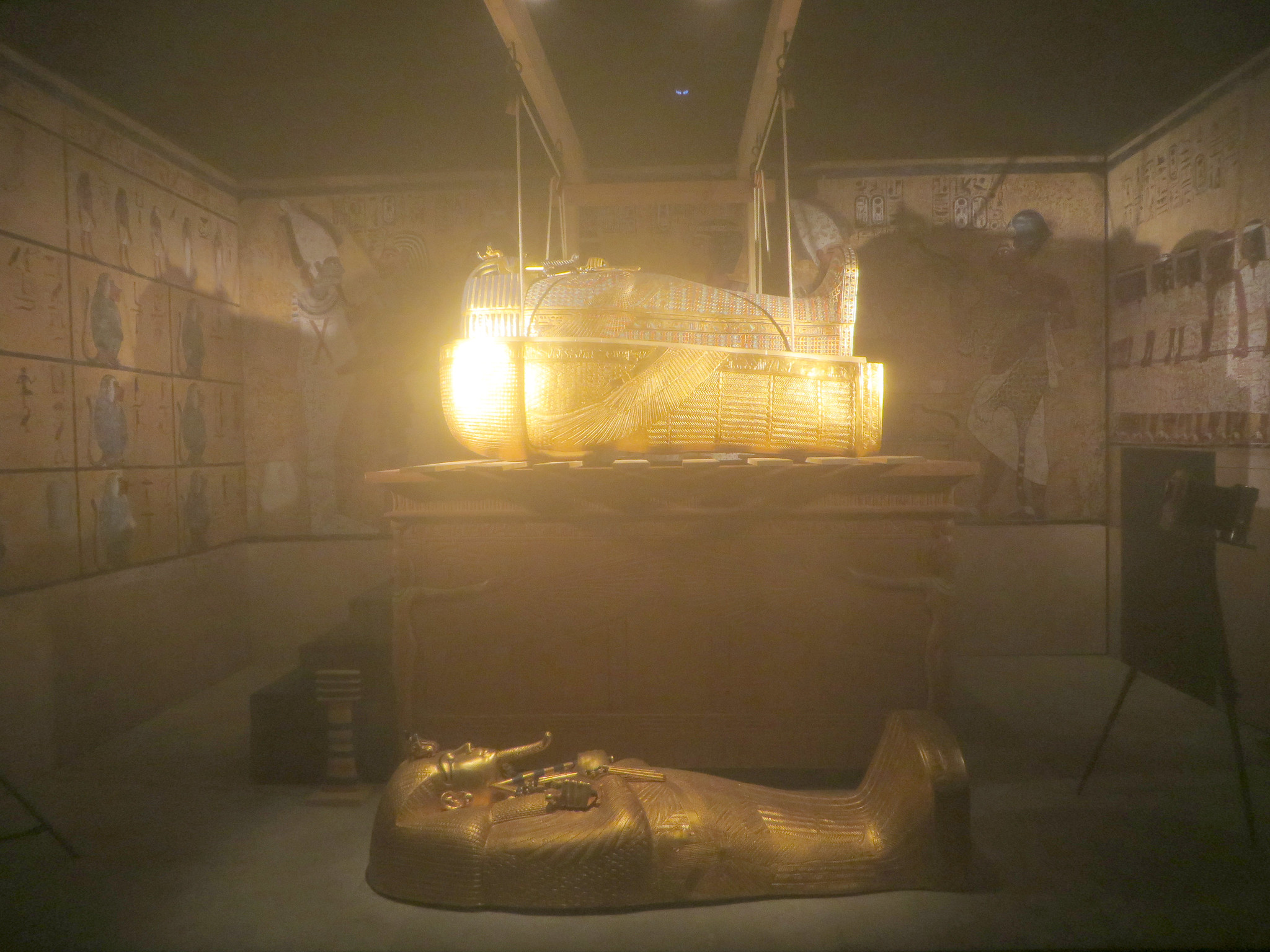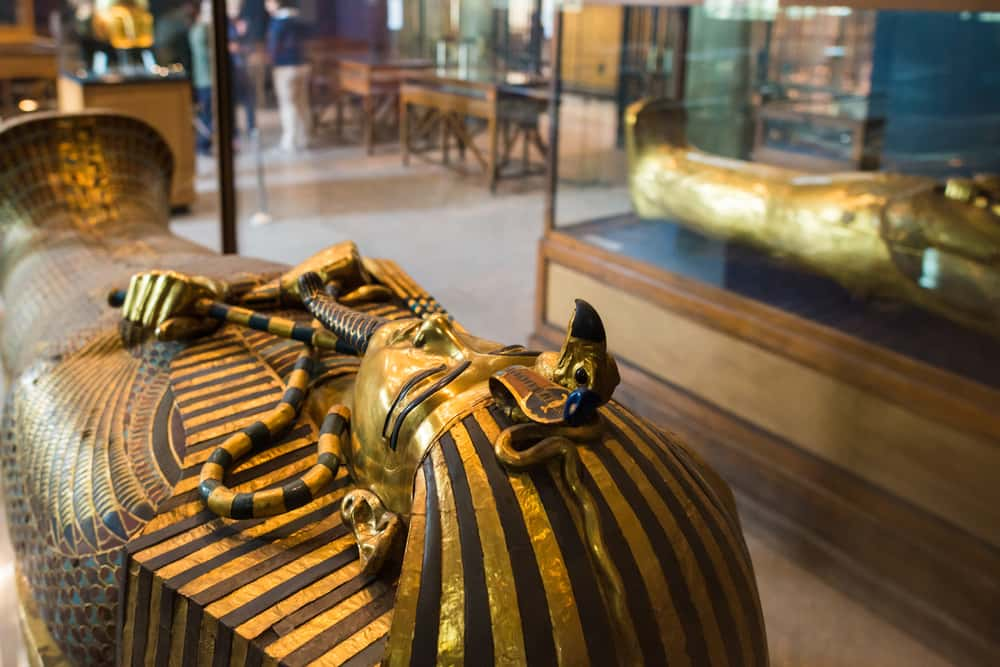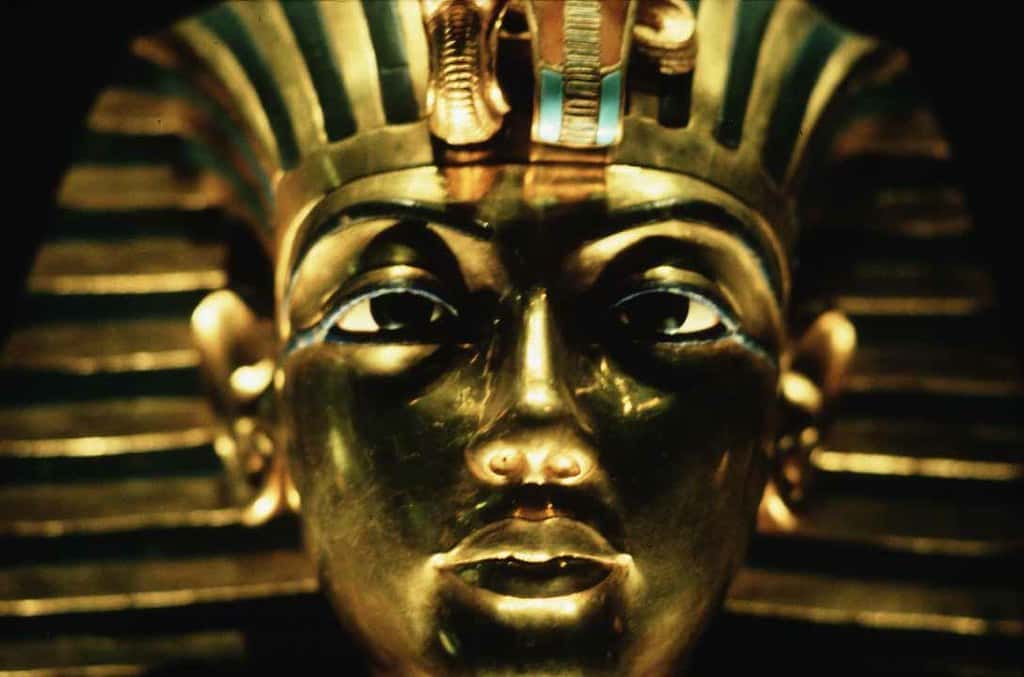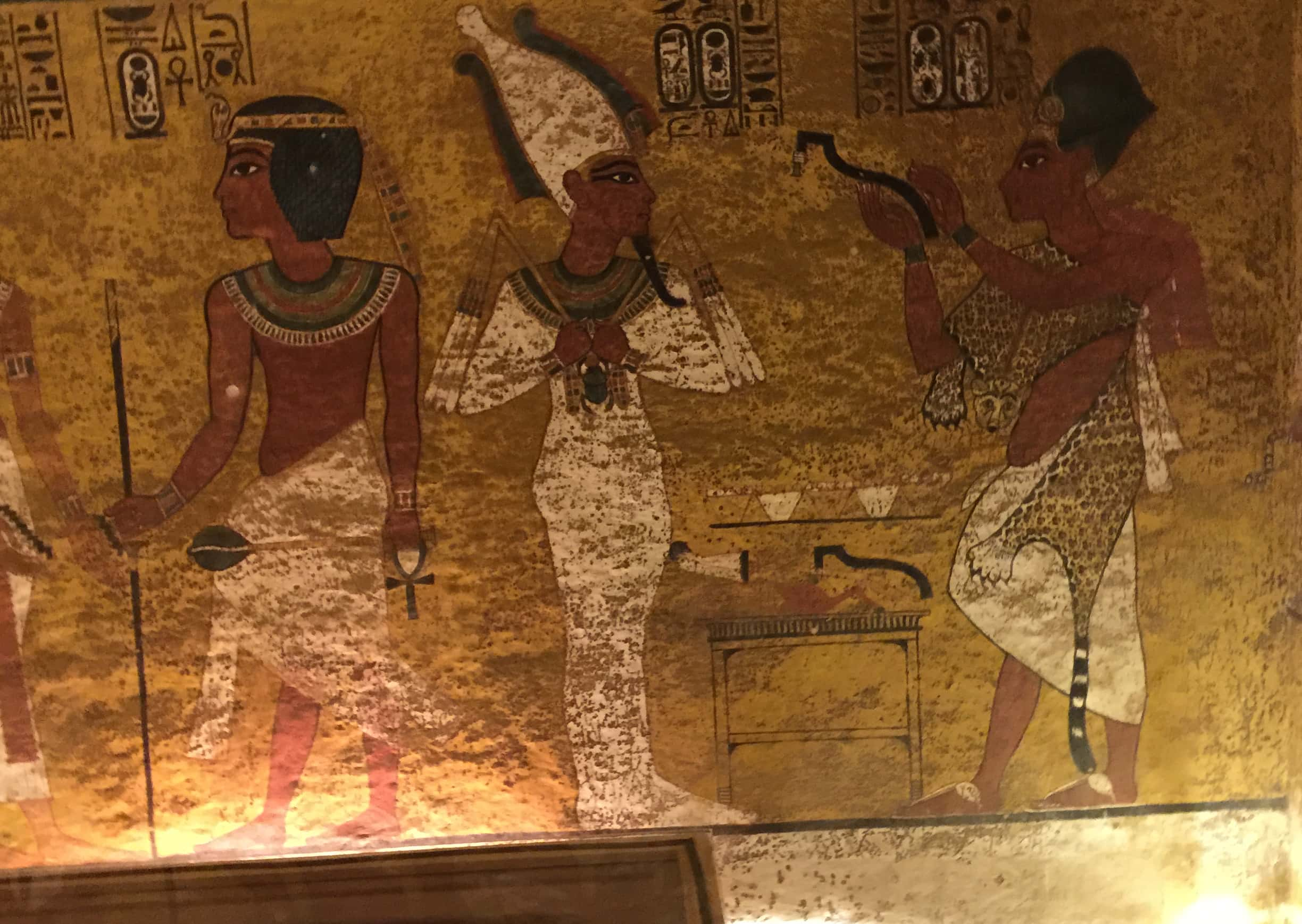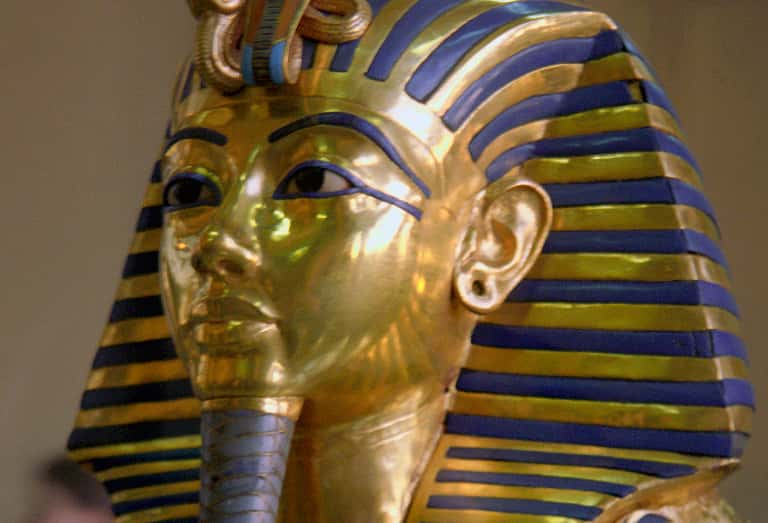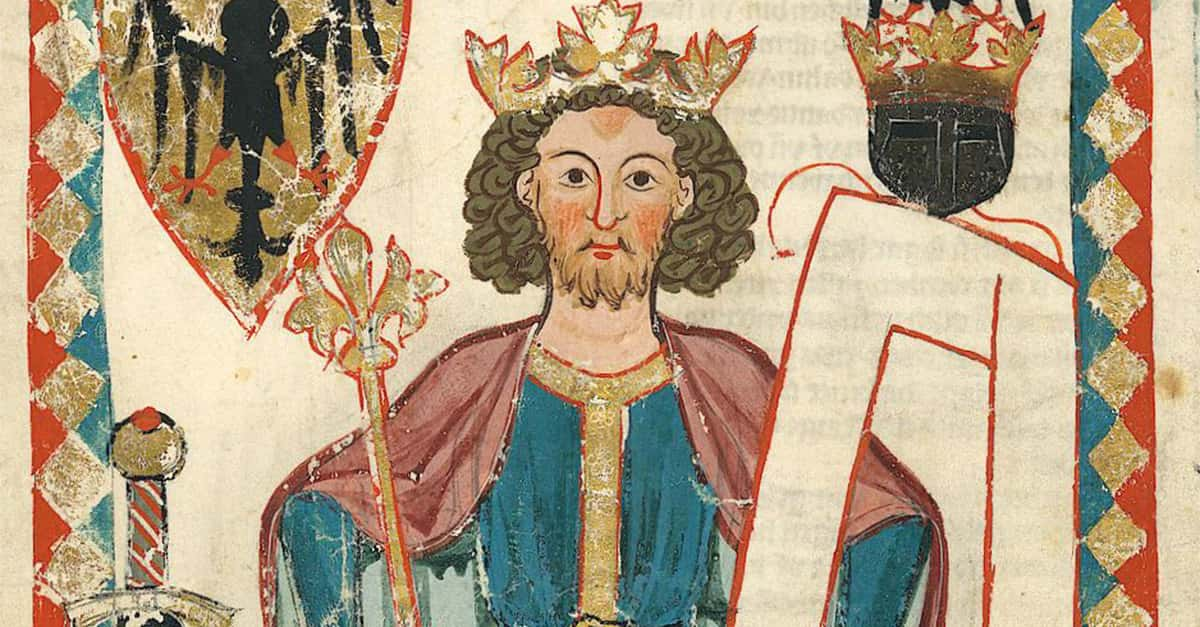The Curse Of King Tut's Tomb
When Howard Carter and his team opened the tomb of King Tutankhamun 100 years ago, it sparked not only a phenomenon known as “Tutmania”, but also the modern era of Egyptology. One part of the event that people found particularly compelling was a potential “curse”.
The rumors about it have persisted ever since—but is there anything to it?
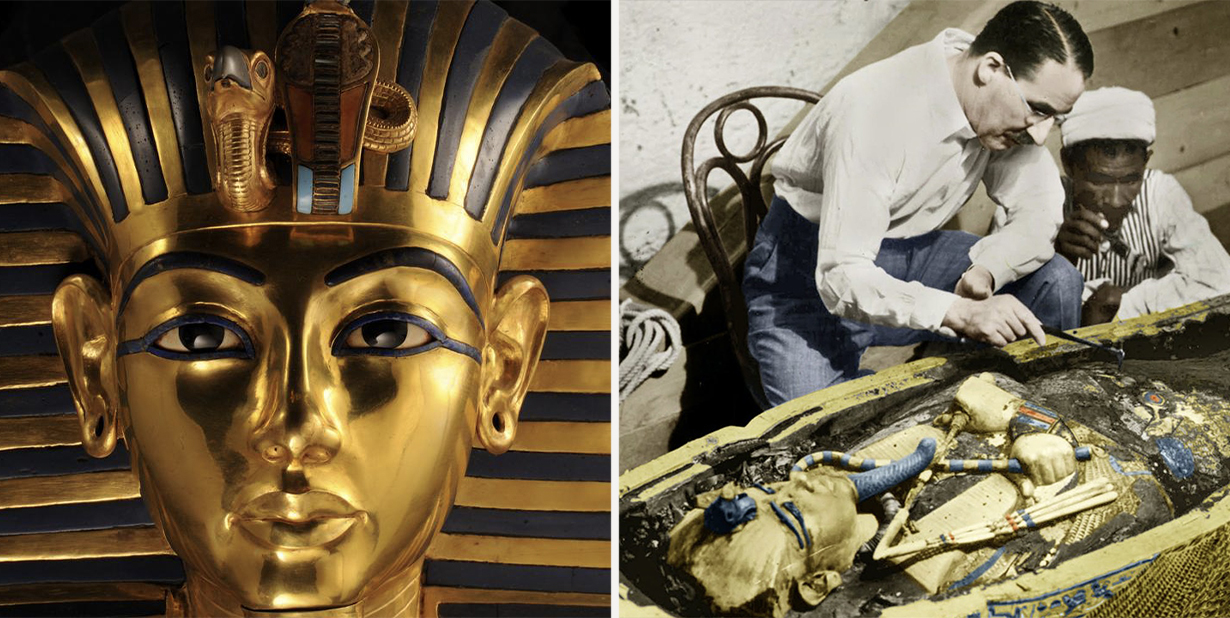
Not The Only Curse Out There
The King Tut incident wasn’t the first time that stories spread about a cursed tomb. Although rarer than the gossip would suggest, there were in fact some Egyptian tombs that contained warnings about potential curses.
These types of warnings were the exception, though—as the mere idea of disturbing a tomb, especially one belonging to a ruler, was unimaginable.
Strange Occurrences
Of course, that didn’t stop strange stories from spreading. In one incident, a cobra—one of the most prominent symbols of Ancient Egypt—was found in Carter’s home, having ingested his pet canary, soon after they worked on opening the tomb.
And things only got worse once they actually entered it.
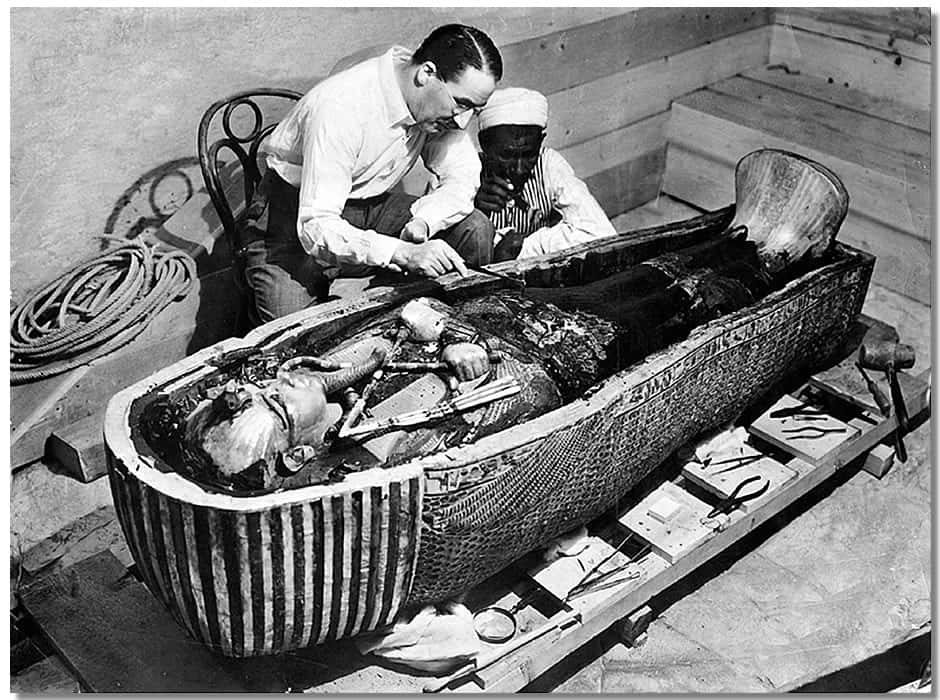 Howard Carter
Howard Carter
The First Victim
In April of 1923, the excavation’s financier, Lord Carnarvon, succumbed to blood poisoning after nicking a mosquito bite while shaving. Immediately, the news caused a sensation among media outlets, which began to spread stories about the tomb’s curse.
Many got in on the action, including Sherlock Holmes creator Sir Arthur Conan Doyle.
 Harry Burton, Wikimedia Commons
Harry Burton, Wikimedia Commons
The Elementals
Doyle supported the existence of the tomb’s curse and claimed that elemental spirits were responsible for Lord Carnarvon’s untimely demise. According to Doyle’s theory, the elementals had been summoned by King Tut’s priests to guard his tomb.
Doyle’s comments stoked the media frenzy—and so did the misfortunes of Sir Bruce Ingham, the second victim of King Tut’s curse.
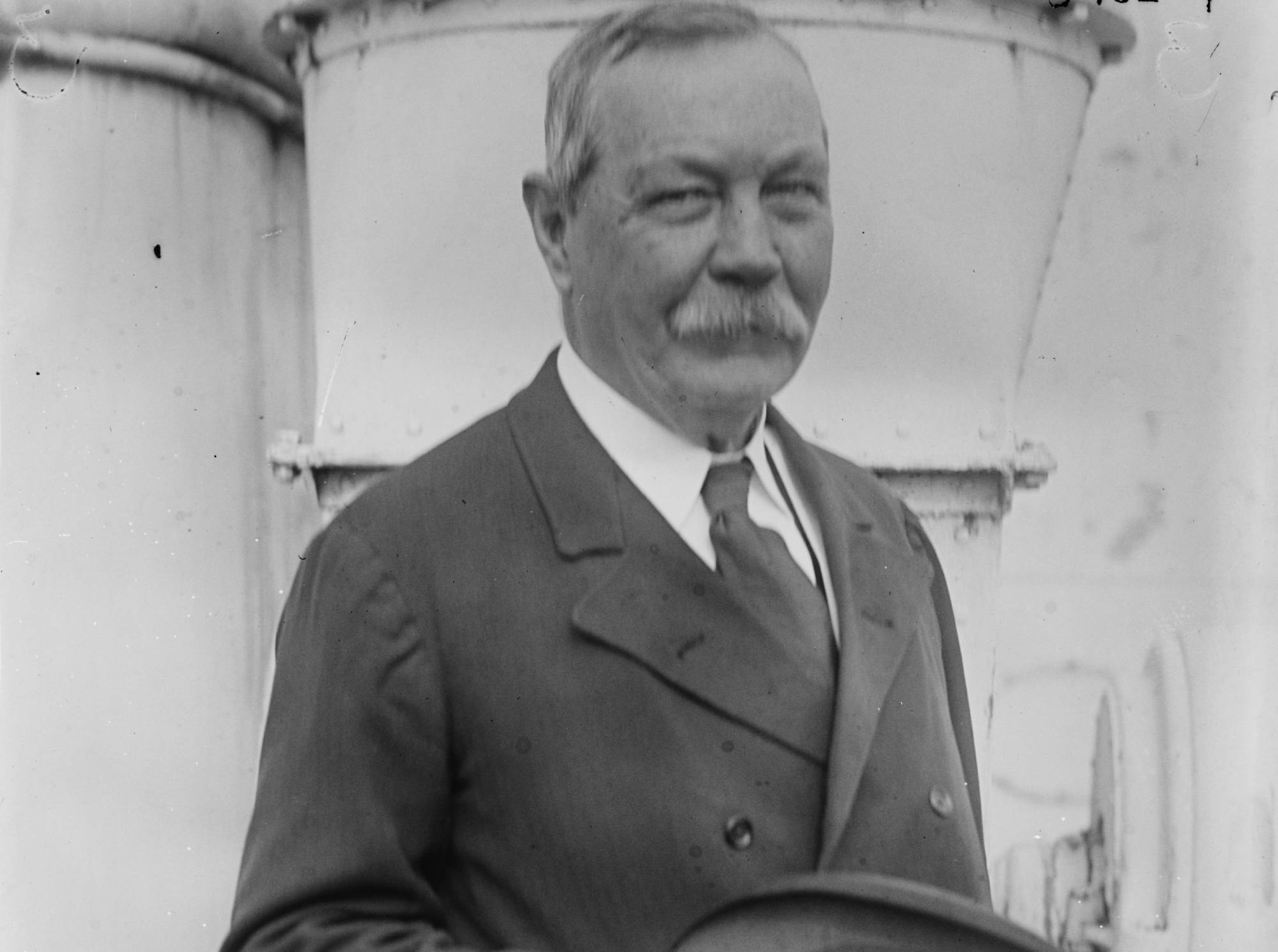 Bain News Service, Wikimedia Commons
Bain News Service, Wikimedia Commons
The Lucky One
As far as victims of the curse go, Sir Bruce Ingham fared better than most. Ingham was a friend of Howard Carter’s, and after discovering King Tut’s tomb, Carter gave Ingham a special paperweight.
The paperweight was made of a mummified hand, and while Ingham did not perish from the tomb’s curse, he also did not escape unharmed.
Double Trouble
Soon after receiving the mysterious paperweight, Ingham’s house burnt down. He managed to rebuild it but the curse wasn’t done with him—in the middle of the reconstruction, his house was hit by a flood.
Ingham ended up giving the paperweight away, which perhaps saved him from a worse fate. Unfortunately, the same cannot be said of others who ventured into King Tut’s tomb.
The Curse Strikes Again
Another supposed victim of King Tut’s curse was an American financier, George Jay Gould. Gould wanted to see King Tut’s tomb for himself, and he did just that—only to fall sick with a fever three days later.
Gould never recovered and perished a few months later, in May 1923.
The Frenzy Continues
The media frenzy around the curse was reignited in 1924, after the passing of archaeologist Hugh Evelyn-White. Evelyn-White had worked on the excavation and took his own life a year later. It seemed like it had nothing to do with the curse…
Until the archaeologist’s last letter was found. It read: “I have succumbed to a curse.”
Apparently, so did the man who dared to X-ray King Tut’s mummy.

History's most fascinating stories and darkest secrets, delivered to your inbox daily.
A Deadly Picture
It wasn’t only the financiers and excavators who suffered the perils of the tomb’s curse. In 1924, radiologist Sir Archibald Douglas Reid performed an X-ray on King Tut’s mummy before it was so be sent to the museum.
The next day, the radiologist fell ill. Three days later, he was dead.
But Is The Curse Real?
Despite several deaths being attributed to the curse of King Tut’s tomb, skeptics doubt its existence. Even Howard Carter remained skeptical of the curse—he succumbed to cancer many years after opening the tomb. Many others who entered the tomb went on to live long, prosperous lives, which raises questions as to whether the curse ever really existed.
Lucky for us, scientists may have found the answer.
The Science Behind The Curse
It turns out that ancient Egyptian tombs are the perfect breeding ground for fungus. The spores from the fungus can cause deadly infections after prolonged exposure or in people who have weak immune systems.
In the case of Lord Carnarvon, for example, the fungus could have entered his bloodstream when he cut himself with his razor. George Jay Gould and Sir Archibald Douglas Reid could also have been infected, as the symptoms they exhibited before they perished are similar to an allergic reaction to the mold.
Final Thoughts
The theory of mold is a strong one, but there’s still no conclusive evidence to suggest that it led to the deaths of those who entered King Tut’s tomb. There’s also no evidence that anything in Tut’s tomb, supernatural or otherwise, caused these deaths.
There was never a warning of any kind inscribed on King Tut’s tomb, but stories of the curse have persisted over the years, speaking to the world’s enduring fascination with the curse of this mummy.
Source: 1


